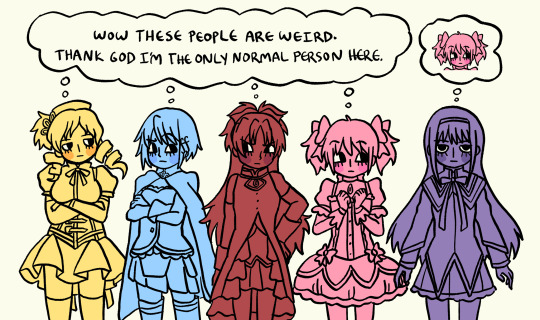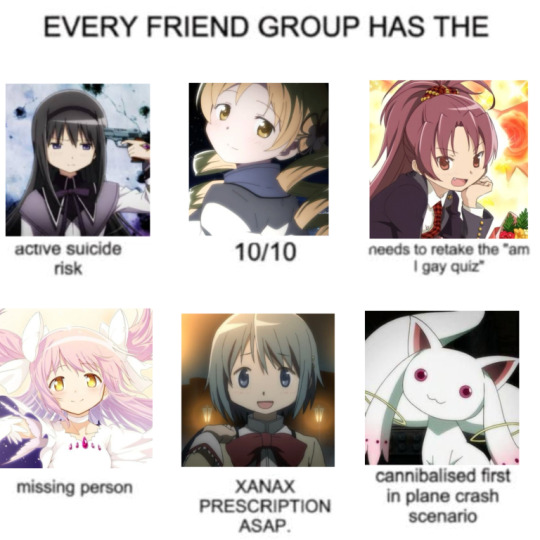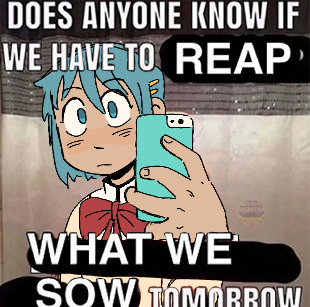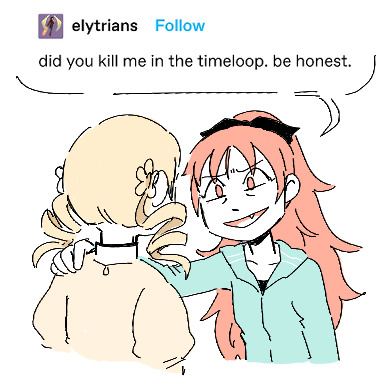The only place where a very fat cat meets disease and paralysis
Don't wanna be here? Send us removal request.
Text

It's been so long since a madoka drawing!!!
I got to draw her again for a collab that I might post later!
1K notes
·
View notes
Text
Record #19- Polio Pioneer Card and Button
Standards of living began to increase in both rural and urban populations in the early 20th century, which had mostly positive benefits for the people of the developing world- but also some unintended side effects. As a result of increasing sanitation, children were no longer regularly exposed to viruses and bacteria that they would often become immune to in the first months of life, which led to one of the fastest-growing and most fearsome epidemics of the century: the emergence of polio. This communicable virus attacks and inflames the spinal cord and brain stem, causing apnea and paralysis. Outbreaks of the disease were seen in Western Europe and North America in 1900; at the height of the U.S. epidemic in 1952, approximately 56,000 new cases were being confirmed each year (roughly 37 cases per 100,000 people). While the disease could strike adults, the fact that it heavily affected children made polio seem much more grim and frightening.
There was (and remains) no cure for polio, and doctors could only treat the symptoms after the onset of the disease, such as the development of Iron Lungs to help ease breathing in patients suffering from apnea, and the development of braces and crutches for those suffering from temporary to permanent paralysis. The development of a vaccine to prevent future outbreaks was a goal of researchers at Pitt starting with the very first chair of the Department of Infectious Diseases and Microbiology, William McDowall Hammon, in the late 1940s. Hammon developed a technique of passive immunization that stopped the advancement of the disease; though largely effective, it was impractical for large-scale distribution. This was the basis for the work of a later doctor who had become one of the most highly-regarded medical personalities of the century: Jonas Salk.

Jonas Salk and a nurse administer the polio vaccine to a young patient.
The son of Russian Jews who immigrated to New York City, Salk was an exceptional student who, in medical school, focused his studies on virology. He made early impacts in the field by helping to develop a particularly effective flu vaccine widely used in the U.S. Army. In 1947, he came to the University of Pittsburgh, still working primarily with influenza vaccines. Due to his reputation, he was contacted in 1948 by the National Foundation for Infantile Paralysis (the forerunner to the March of Dimes) and recruited in the fight against polio. Salk decided to primarily work with killed viruses as the foundation for his vaccine, which was a more conservative option compared to other researchers’ trials with live viruses which were more likely to kill or cripple their subjects than cure them.
That’s not to say that Salk was known for playing it safe: once he developed a preliminary vaccine in November 1953, he announced that he, his wife and their three sons had been among the first test subjects. Field trials in 1953 and 1954 were at the center of national attention. The first community trials were done in the Pittsburgh suburb of Sewickley, with approximately 700 people inoculated by the end of 1953. After promising results, the study was opened to nationwide participation in 1954. Approximately 1.8 million children volunteered as participants in the trial in 44 states. The country waited with bated breath for the results of the tests, which were finally announced on April 12, 1955. Salk and his team’s vaccine was declared “safe and effective,” and the world rejoiced at the prospect of finally eliminating what was being called the most dreaded disease of the post-war era.

A Polio Pioneer card and accompanying button, given to Joyce Joynes as a child for participating in the 1954 field trial of Salk’s vaccine.
The Polio Pioneer card and button was given to the children who participated in the 1954 trials, and reflects a remarkable torrent of emotions. Parents were fearful of losing their children, but hopeful that if Salk was willing to risk the life of himself and his family, that this opportunity was the real deal. With the number of new polio cases growing exponentially each year, signing up for the trial seemed like one of the best chances for safety, given the circumstances. The 1954 trial was the largest single clinical trial in the world, which shows the degree to which people were willing to put their faith into Salk’s work. Materials related to the development, popularization, and legacy of the polio vaccine can be found in our Jonas Salk Polio Vaccine Collection.
As we began to explore in last week’s post, Hammon and Salk were among the earliest medical researchers at Pitt to impact the world, but they certainly were not the last. Thomas Parran helped found the World Health Organization and served as U.S. Surgeon General from 1936 to 1948. Peter Safar perfected and popularized the modern methods of CPR in the 1950s. Bernard Fisher’s research in the 1960s on breast cancer showed the efficacy of lumpectomy and chemotherapy over the more radical treatment of a total mastectomy. Henry Bahnson successfully performed the first heart transplantation in Pennsylvania in 1968, and Thomas Starzl’s work with the antirejection drug cyclosporine ushered in an era of more successful organ transplantation beginning in the 1980s. The Polio Pioneer card and badge serve as reminders that Pittsburgh has a long and far-reaching history as a center of American innovation.
- Ashley Taylor
6 notes
·
View notes
Text
I LOVE THE INTERNET HOLY SHIT
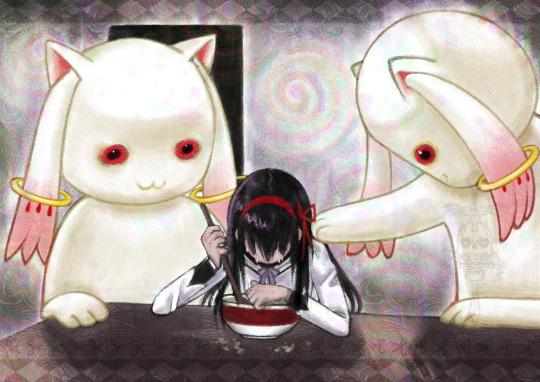
Blank Room Soup
12K notes
·
View notes
Text

Y’all just mad that she could one shot ur favs 😐
7 notes
·
View notes
Text

Starting the pride month with this finished artwork
I honestly was gonna drop it about three or four times, I never did something that big 😭😭😭
1K notes
·
View notes
Text

Gott ist tot.
「She was as sacred as a god and I couldn't help but pull her from heaven」
Tribute illustration to Madoka Magica: Rebellion, my favorite series of all time 🎀
2K notes
·
View notes
Text

I made a cat tea pot! Took like 72 hours 😓😓😓🙌
8 notes
·
View notes
Text

they deserve only smiles and happiness!!!!!!!!
9K notes
·
View notes





